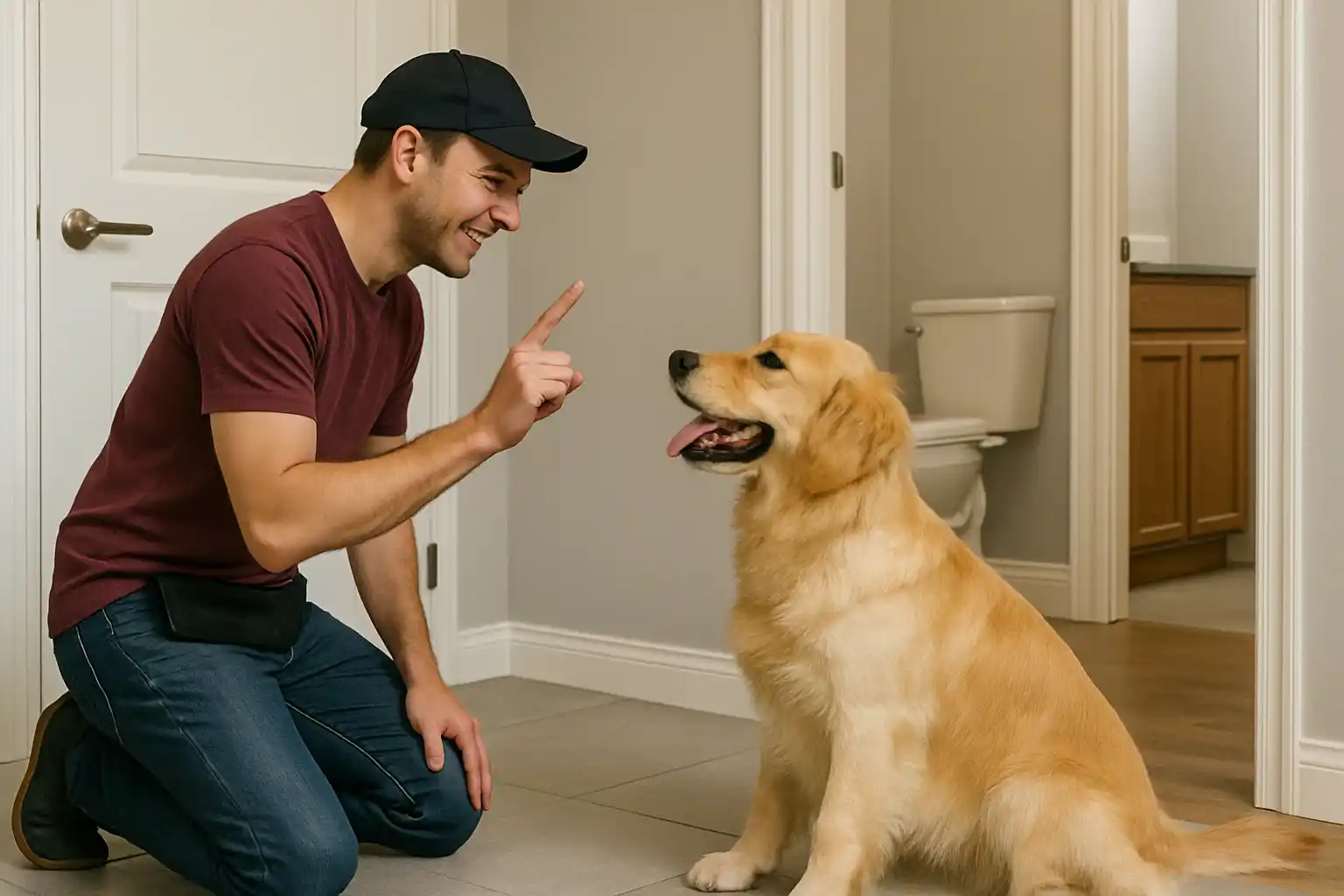It might sound like a scene from a comedy movie, but train your dog to use the toilet is not as outlandish as it seems. Imagine the convenience and cleanliness of having your furry friend bypass that grassy patch and head straight to the bathroom when nature calls. It’s not just about teaching your dog a fun trick it can bring real benefits to your household routine. Let’s dive into the fascinating world of dog toilet training and discover how you can achieve this with your smart canine companion.
Understanding the concept of toilet training for dogs
Toilet training for dogs is more than just teaching your pet to relieve themselves in a suitable spot it’s about creating a harmonious living space where both human and canine companionship thrive. Understanding the intricacies involved is the first step to success.
At its core, toilet training relies on a systematic process that bridges canine instincts with household norms. Dogs naturally seek out places to relieve themselves, often favoring spots where their scent is familiar. The goal is to channel this instinct towards using an indoor toilet. Patience is key, as this requires consistent training and positive reinforcement.
- Command Mastery: The foundation of effective toilet training lies in mastering key commands. Phrases like “go potty” are introduced early on, creating a verbal cue associated with bathroom behavior. Over time, this command serves as a powerful trigger that directs your dog towards the right location.
- Gradual Transition: Transitioning from outdoor spots to indoor toilets can be daunting. One approach is to use substitute objects like puppy pads or indoor potties. Gradually moving these closer to the toilet helps your dog adapt without feeling overwhelmed.
- Behavioral Rewards: Positive reinforcement plays a pivotal role. Treats and praises create a rewarding cycle that motivates your dog to repeat desired actions. This approach aligns with findings from the Animal Behavior Society, which emphasizes reward-driven training for sustained learning.
- Environmental Factors: Different dogs respond uniquely to toilet training based on factors such as age, breed, and temperament. Puppies, for instance, might adapt faster due to their inherent curiosity and eagerness to please. Adapting training strategies to suit individual dog characteristics ensures a smoother process.
Through these steps, toilet training becomes less about instructing a pet and more about engaging in a dialogue. You’re nurturing a relationship built on mutual understanding and respect, paving the way for seamless coexistence.
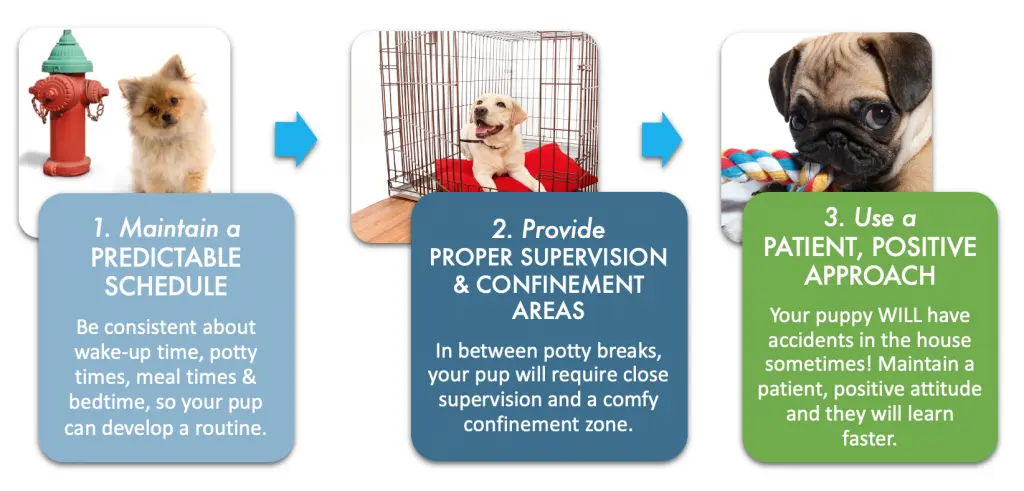
Benefits of training your dog to use the toilet
The advantages of teaching your dog to use the toilet extend far beyond just convenience. It’s a multifaceted solution that enhances your living environment while promoting sustainable pet ownership.
- Cleanliness and Hygiene: One of the primary benefits is a cleaner home. By reducing indoor accidents, you’re minimizing unpleasant odors and the hassle of constant cleaning. This cleanliness is particularly crucial in apartments or urban settings where outdoor spaces are limited.
- Environmental Impact: Opting for toilet training aligns with eco-friendly practices by minimizing the use of disposable products like puppy pads or plastic waste bags. A study by the Environmental Protection Agency highlights the positive environmental impact of reducing single-use pet products.
- Strengthening Bonds: Toilet training fosters a deeper connection between you and your dog. The training process involves consistent communication, reinforcing trust and understanding. This nurturing routine becomes a shared activity that builds a harmonious relationship.
- Time and Convenience: Imagine the time saved from limiting outdoor potty breaks, especially in adverse weather conditions. This is not only convenient for busy pet owners but also offers physical relief to individuals who may struggle with frequent outdoor trips.
- Customized Training Experience: Tailor-made training approaches cater to the unique needs of your pet. The flexibility of toilet training methods allows for adjustments based on your dog’s age, breed, and specific preferences, leading to a more successful outcome.
Ultimately, the benefits of toilet training intertwine practicality with emotional and environmental gains, making it a worthwhile investment for conscientious pet owners.
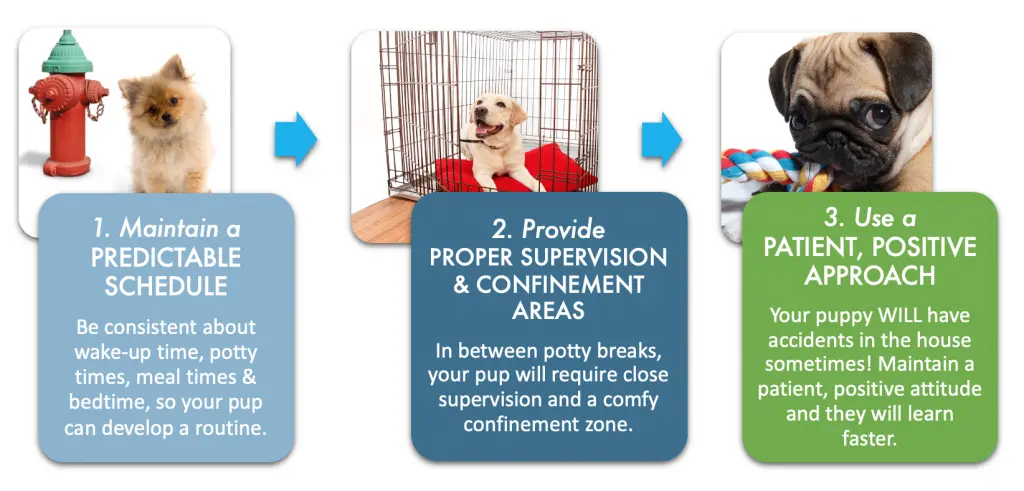
Essential tools for dog toilet training
To embark on the journey of toilet training your dog, equipping yourself with the right tools is crucial. These essentials pave the way for a smoother and more effective training process, maximizing your chances of success.
- Leash: The leash is your trusty guide during training sessions. It ensures your dog remains focused by directing them to the designated toilet area reliably.
- High-Value Treats: These are motivational rewards that reinforce positive behavior. Treats should be given immediately after successful toilet use, strengthening the association between action and reward.
- Enzymatic Cleaner: In the event of accidents, an enzymatic cleaner is invaluable. It effectively neutralizes odors and prevents your dog from being attracted to previously soiled spots.
- Dog Crate: A crate serves as a controlled environment where dogs learn to avoid soiling their living space. It’s an effective tool in establishing and maintaining toilet habits.
- Portable Potty: For initial stages, a portable potty helps in transitioning your dog from outdoor elimination to indoor solutions. Its adjustable height and easy movability are particularly beneficial.
Compare essential tools below:
| Tool | Purpose |
|---|---|
| Leash | Directs the dog to the designated area |
| Treats | Rewards successful action |
| Enzymatic Cleaner | Neutralizes odors from accidents |
| Dog Crate | Provides a den-like environment, discouraging soil |
| Portable Potty | Facilitates transition from outdoor to indoor potty |
These tools don’t merely assist in training; they become a vital part of communicating expectations and achievements with your canine companion.
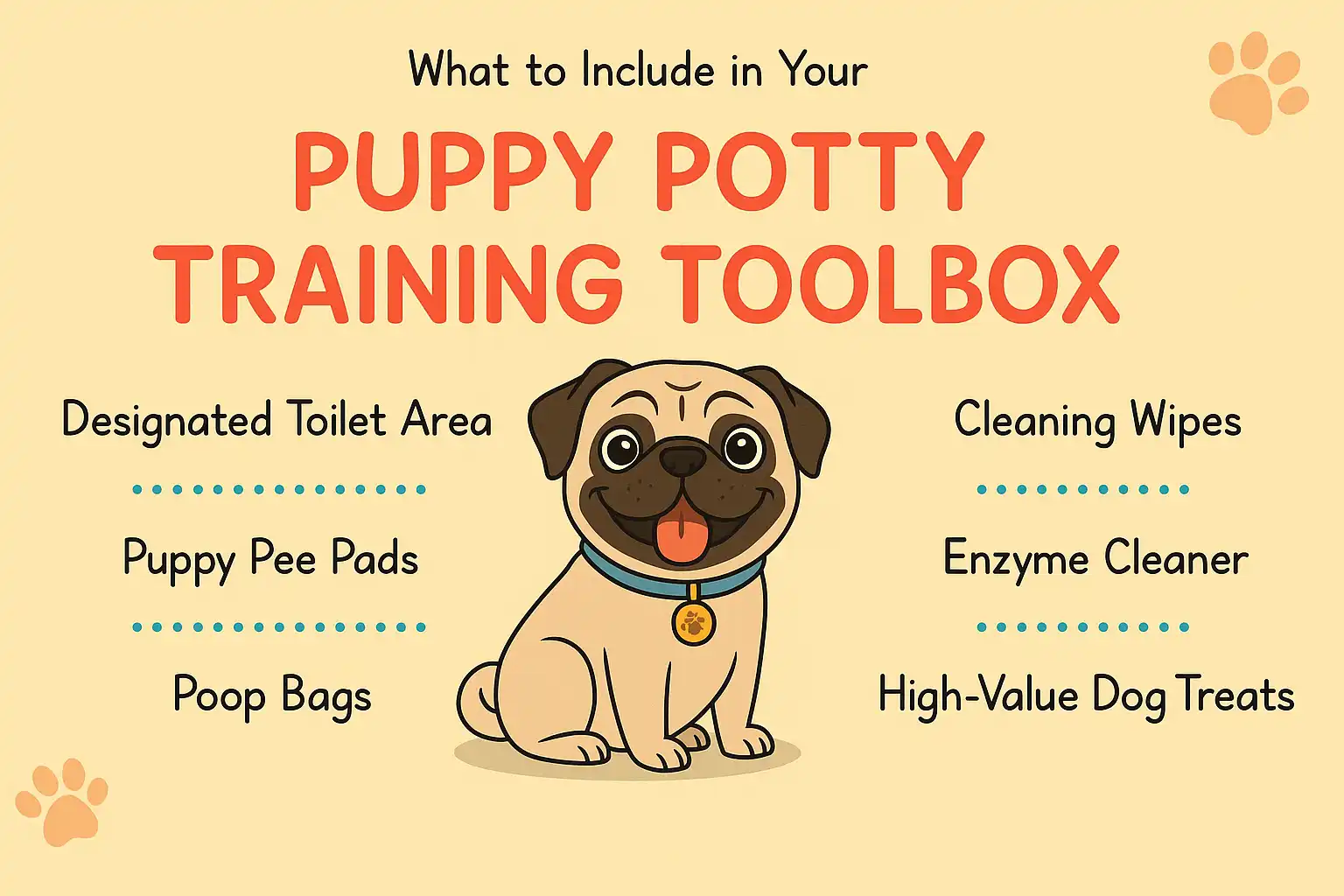
Steps to train your dog to use the toilet
When it comes to training your dog to use the toilet, methodical steps are vital to ensure success. Each stage requires patience and persistence, guiding your pet towards this new behavior.
- Establish a Routine: Consistency is key. Create a regular schedule that includes taking your dog to the toilet at specific times, such as first thing in the morning, after meals, and before bedtime.
- Introduce the Command: Use a specific, consistent command, such as “go potty,” to signal bathroom time. Repetition reinforces the command’s association with the act of relieving oneself.
- Transition Gradually: Begin with an indoor potty option or training pads to bridge the gap between outdoor elimination and toilet use. Slowly move these items closer to the toilet until your dog is comfortable using the actual fixture.
- Reinforce Successfully: Immediately reward your dog following successful toilet trips using treats or praise. This positive reinforcement solidifies the action as a desirable behavior.
- Adapt and Observe: Pay attention to your dog’s comfort and make necessary adjustments. If your pet shows hesitance, take a step back in the training process and proceed more gradually.
The progression of these steps from one phase to another reinforces your pet’s learning while ensuring they remain comfortable throughout.
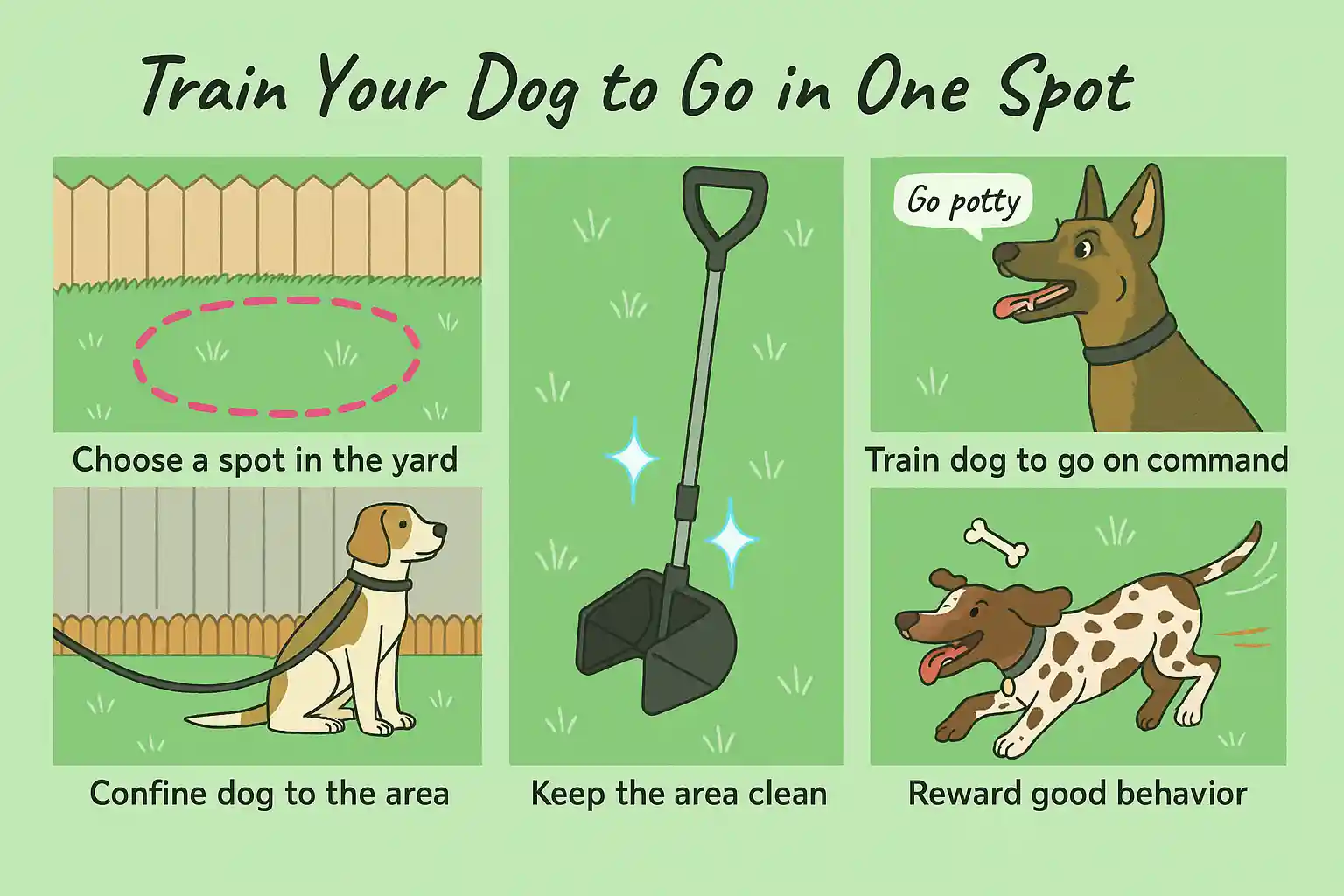
Common challenges in toilet training dogs
Toilet training doesn’t come without its set of challenges. Being aware of these potential hurdles allows you to address them efficiently, ensuring minimal disruption to your pet’s learning process.
- Inconsistencies: Inconsistent routines confound dogs, leading to accidents. Regular bathroom breaks are essential, especially for puppies who have limited bladder control.
- Distractions: Indoor environments present multiple distractions. Creating a calm, focused atmosphere for toilet training is crucial to effectively channel your dog’s attention.
- Reluctance: Some dogs may resist transitioning from familiar outdoor spots to an indoor toilet. Gradual adjustments and patience are key here.
- Heavy Cleaning Load: The training phase might involve frequent clean-ups. Using enzymatic cleaners mitigates this challenge, keeping your home fresh and clean.
- Reinforcement Consistency: Without consistent positive reinforcement, dogs might not form the right associations. Ensure every success is met with rewarding praise or treats.
Addressing these common issues with understanding and proactive measures can lead to a smoother training journey.
Comparison of indoor dog toileting methods
Various methods are available for training dogs indoors, each with unique attributes. Understanding these approaches better equips you to choose the most suitable one for your dog’s needs.
- Potty Pads: Suitable for puppies or small breeds, this disposable method is easy to clean but can be costly over time.
- Artificial Grass Toilets: Simulate outdoor grass, offering a more realistic potty experience. These need regular cleaning but reduce environmental waste.
- Toilet Seat Adapters: Create a more permanent solution by training your dog to use the actual toilet with an adapter. This requires patience but can be highly convenient long-term.
Compare methods below:
| Method | Benefits | Challenges |
|---|---|---|
| Potty Pads | Convenient, easy to use | Environmental impact, costs |
| Artificial Grass | Reduces waste, mimics outdoor feel | Needs frequent cleaning |
| Toilet Seat Adapter | Permanent solution, convenience | Requires gradual adaptation |
Selecting the right method involves considering your dog’s comfort and your household’s practical needs.
Tips for successful toilet training
With the right strategy, successful toilet training is within reach. Here are practical tips to refine your approach and enhance the training process.
- Commit to Consistency: Regular intervals for toilet breaks instill a reliable routine, helping your dog learn quicker.
- Positive Reinforcement: Consistently rewarding good behavior with treats fosters an encouraging environment, motivating your dog.
- Monitor and Adapt: Each dog learns differently, so keenly observe and adapt your training tactics according to your pet’s responses.
- Timing: Take your dog to the toilet during natural rhythms such as waking up, after meals, or post-playtime for better timing.
- Communication: Use a clear and calm tone when issuing commands, reinforcing clarity and understanding during training sessions.
These tips align with best practices, ensuring a smoother transition and consistent results during your toilet training journey.
Maintaining a consistent routine for toilet training
Consistency forms the backbone of effective toilet training, establishing predictable habits that reinforce your dog’s learning process.
- Regular Scheduling: Adhering to a consistent bathroom break schedule fosters predictability, teaching your dog when and where to expect necessary trips.
- Routine Reinforcement: Regular reinforcement consolidates learning. Celebrate small wins with treats and praise to reinforce the routine positively.
- Environment Consistency: Use the same spot for bathroom breaks, both indoor and outdoor, as this builds familiarity and reduces confusion.
- Behavior Observance: Understanding when your dog shows signs of needing to go ensures the schedule aligns with natural needs, fostering a conducive training environment.
This structured routine nurtures a disciplined habit, promoting trust and reliability within your dog’s daily life.
Recognizing signs your dog needs to go
Recognizing when your dog needs to relieve themselves is crucial for preempting accidents while reinforcing appropriate habits.
- Behavioral Cues: Look for signs like sniffing around, circling, or sudden restlessness indications your pet needs to go.
- Vocal Signals: Whining or barking, especially near doors, can signify imminent bathroom needs, calling for immediate attention.
- Physical Signals: Some dogs may exhibit a specific stance or body language when they need to go, including positioning themselves by the door.
- Comparison Table:
| Cue | Description |
|---|---|
| Sniffing | Searching for familiar scents |
| Circling | Indicates impending elimination |
| Whining/Barking | Vocal signals for urgency |
| Restlessness | Sudden agitation in movement |
Understanding these cues enhances communication, facilitating timely interventions that avoid messes and strengthen learning.
Reinforcement techniques for effective training
Reinforcement techniques form the backbone of a successful toilet training regimen, creating a positive loop of behavior and reward.
- Immediate Gratification: Always reward your dog immediately after performing the desired action. Delayed rewards might dilute the association between action and outcome.
- Diverse Rewards: Use a variety of reinforcers from treats to verbal praise and physical affection, ensuring your dog remains motivated.
- Consistency Across Contexts: Apply reinforcement practices consistently across different settings and family members, offering your dog a clear and coherent set of expectations.
- Behavioral Comparisons:
| Reinforcement Type | Pros | Cons |
|---|---|---|
| Treats | Tangible reward, strong motivator | Calories |
| Verbal Praise | Builds vocal bonding | Less tangible |
| Physical Affection | Strengthens emotional connection | Situational |
Consistency and adaptability in applying these techniques ensure your dog understands what’s expected, promoting seamless learning.
Troubleshooting common issues during toilet training
Despite best efforts, issues can arise during toilet training. Troubleshooting these problems effectively allows for a smoother progression.
- Accidents: Accidents may occur due to inconsistent schedules. Reinforce the times your dog is taken out, ensuring they align with natural bathroom needs.
- Reluctance: Some dogs may resist entering the bathroom space. Familiarization exercises, like leading them in with toys or treats, can help mitigate aversion.
- Distractions: Minimize distractions by creating a designated potty area, either within or outside the house, free from unnecessary stimuli.
- Behavioral Corrections: If undesirable behavior persists, assess and modify existing methods, perhaps introducing greater positive reinforcement to incentivize desired actions.
Addressing these issues with patience and modifications ensures sustained progression within the toilet training regime.
Alternatives to traditional dog toilet training
Exploring alternative training methods may unlock new possibilities, offering solutions that cater to diverse living situations and canine needs.
- Dog Litter Boxes: Similar to those used by cats, these offer a convenient indoor alternative, especially suitable for small breeds in apartments without outdoor access.
- Hydroponic Grass Patches: These simulate traditional outdoor lawns and are particularly beneficial for dogs who prefer a grass-like texture underfoot.
- Bell Training: Bells hung on doors serve as an innovative method to prompt dogs to signal their bathroom needs, fostering enhanced communication.
- Method Comparison:
| Alternative Type | Unique Benefits | Considerations |
|---|---|---|
| Dog Litter Boxes | Indoor solution, easy to manage | Requires frequent cleaning |
| Hydroponic Grass Patches | Simulates outdoor feeling | Could be costly |
| Bell Training | Encourages clear pet-owner signalling | Requires dedication to reinforce |
By considering these alternatives, pet owners can tailor training to their living environment and dog personality, ensuring a well-suited solution.
FAQs
- How long does it typically take to toilet train a dog? The timeframe can vary based on the dog’s age, breed, and consistency in training. Generally, it may take several weeks to a few months.
- Can I toilet train an older dog? Yes, older dogs can be trained, though patience and consistency are essential as they may take longer to adjust compared to puppies.
- What should I do if my dog has an accident indoors? Clean up thoroughly using an enzymatic cleaner to eliminate odors and avoid punishment, which could cause confusion.
- How do I prevent my dog from playing with potty training pads? Supervise your dog and redirect their attention with toys. Use tape to secure pads, preventing movement.
- Is bell training effective for signaling toilet needs? Yes, with consistent reinforcement, bell training can help dogs signal when they need to go outside.
Conclusion
Embarking on the journey of teaching your dog to use the toilet is a rewarding endeavor that reaps numerous benefits. It not only brings convenience and hygiene to your living space but also strengthens the bond between you and your furry companion. The process requires dedication, the right set of tools, and a patient yet consistent approach. Whether you choose traditional methods, consider innovative alternatives, or customize your techniques based on your dog’s unique personality, successful toilet training is within reach. As you nurture this connection and integrate sustainable practices into your daily routine, you’ll find yourself thriving in a balanced and harmonious home environment, enhanced by the understanding and cooperation between you and your beloved pet.
Read more:
- How to Teach Dogs Not to Bite: Complete Guide to Safe Training Methods
Why Does Dog Bark at Night? Expert Guide to Causes & Solutions

